The bobbin, a seemingly unassuming spool tucked beneath the needle plate of a sewing machine, plays a pivotal role in the art of stitching.
Its absence prompts a fundamental question: Can a sewing machine operate without a bobbin? Delving into this inquiry unveils the intricate dance of threads, tension intricacies, and the lockstitch mechanism.
Understanding why a bobbin is indispensable not only reveals the technical nuances of sewing machines but also highlights the symbiotic relationship between the upper and lower threads in creating durable and aesthetically pleasing stitches.
In this exploration, we unravel the essential role of the bobbin and the implications of attempting to sew without this small but indispensable component.
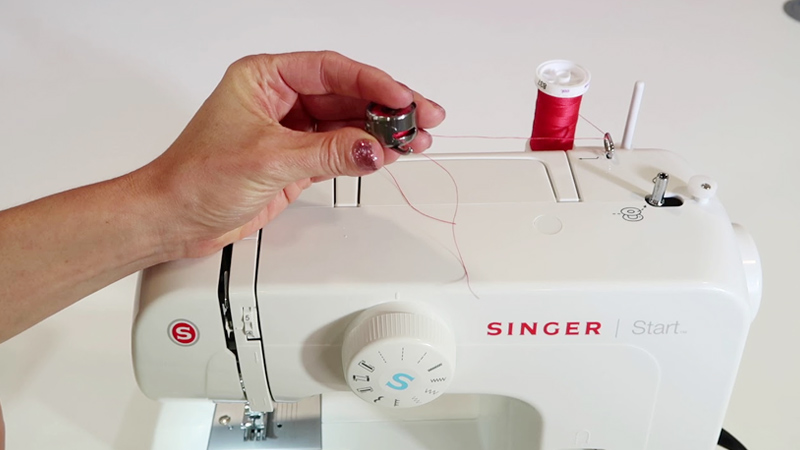
What Is a Bobbin Used for in a Sewing Machine?
A bobbin in a sewing machine is a small, spool-like component that holds the lower thread. Its primary purpose is to work in tandem with the upper thread, creating a balanced tension necessary for proper stitching.
As the needle descends, the bobbin thread comes up through the bobbin case to meet the needle thread, forming stitches that interlock to create a stable seam.
This lockstitch formation, facilitated by the bobbin, ensures the durability and integrity of the stitches, making it an essential element in the sewing process for crafting precise, reliable, and aesthetically pleasing seams.
Can You Use a Sewing Machine Without a Bobbin?
No, you cannot use a sewing machine without a bobbin due to the integral role the bobbin plays in the stitching process.
The bobbin is a small, spool-like component located beneath the needle plate of a sewing machine. It holds the lower thread, which interacts with the upper thread (from the needle) to create the stitches that form a seam.
Here are several reasons why you need a bobbin for a sewing machine:
Thread Tension
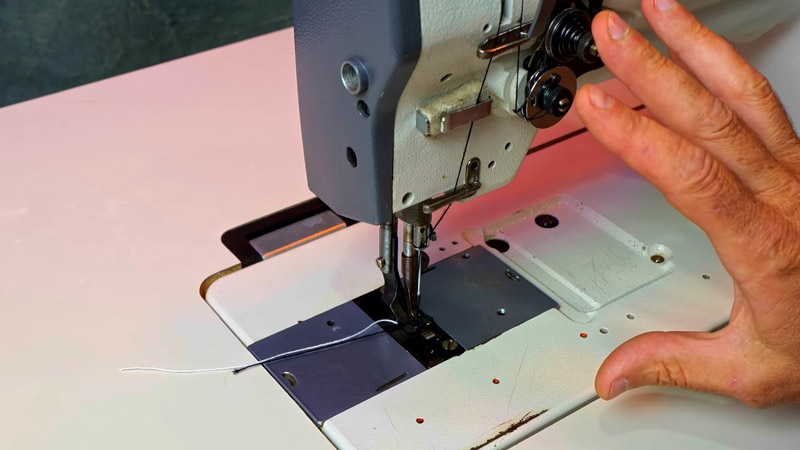
The tension in sewing refers to the amount of resistance the threads experience while forming stitches.
Both the upper thread (from the needle) and the lower thread (from the bobbin) contribute to achieving balanced tension.
Without the bobbin thread, the sewing machine lacks the necessary counterbalance, leading to uneven tension. This imbalance can cause stitches to pucker, pull, or create unsightly loops on the fabric.
Lockstitch Formation
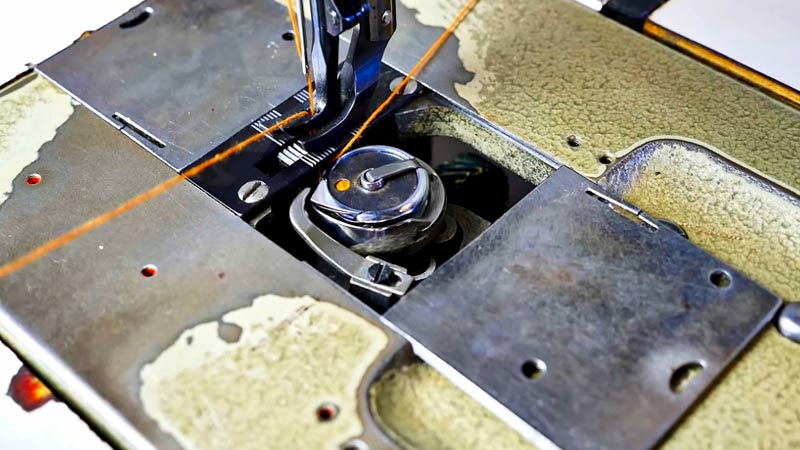
Lockstitch is a common type of stitch formed by interlocking the upper and lower threads. In a sewing machine, the needle thread passes through the fabric, and the bobbin thread comes up through the bobbin case to meet the needle thread.
The two threads lock together to create a secure and stable stitch. Without the bobbin, this interlocking mechanism is disrupted, and the resulting stitches are incomplete, weak, and prone to unraveling.
Stitch Formation
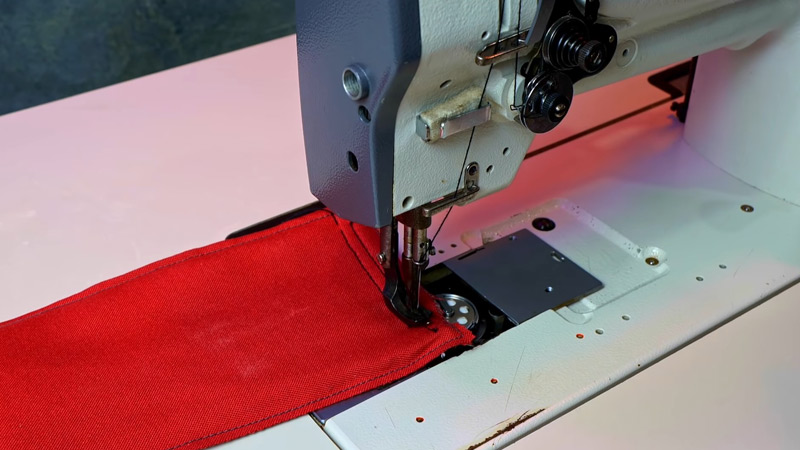
The intricate dance of the upper and lower threads in a sewing machine is crucial for proper stitch formation. As the needle descends, it forms a loop with the bobbin thread, creating a complete stitch.
This process is repeated rapidly, resulting in a continuous line of stitches. Without the bobbin thread, the loop formation is incomplete, leading to a breakdown in the stitching process and an inability to create the desired seam.
Seam Durability
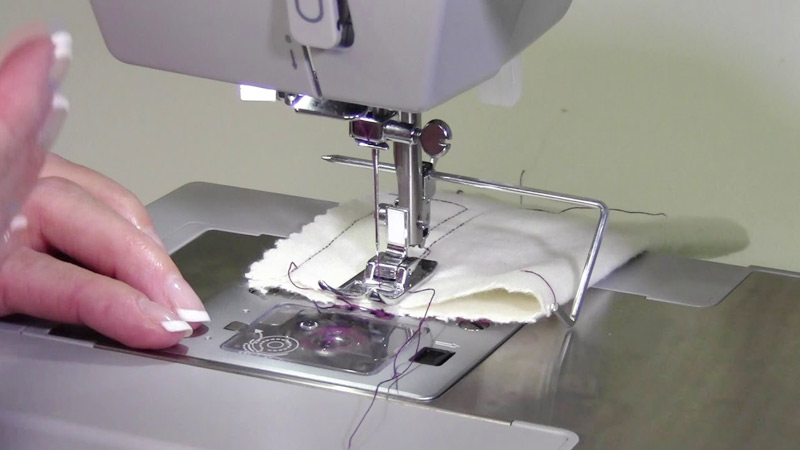
A strong and durable seam is achieved when the upper and lower threads work in harmony to secure the fabric layers together.
The bobbin thread plays a pivotal role in reinforcing the stitches and preventing them from coming undone.
Without the bobbin thread, the seam lacks the necessary reinforcement, making it susceptible to fraying, tearing, or other forms of damage, compromising the overall quality and longevity of the stitched item.
Machine Functionality
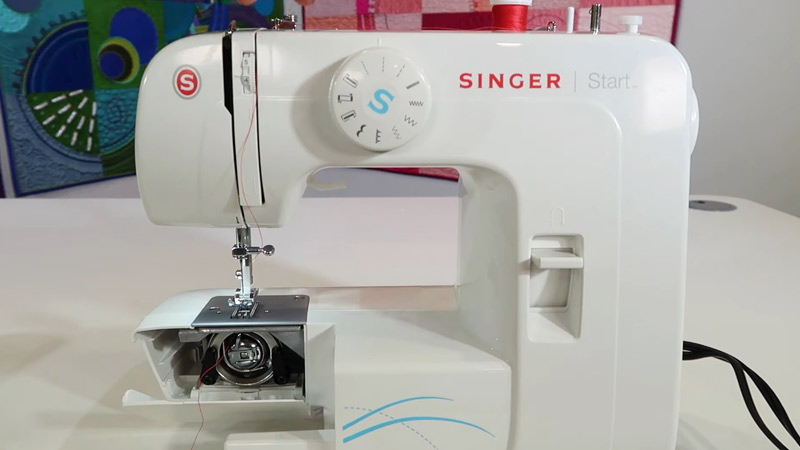
Sewing machines are intricate devices designed to work seamlessly with both the upper and lower threads. The absence of the bobbin disrupts the delicate balance in the machine’s mechanics.
Attempting to sew without a bobbin can lead to various issues, such as thread jams, needle breakage, or damage to the bobbin case.
Modern sewing machines are engineered to operate with precision, and any deviation from the standard thread system can result in reduced performance and potential damage to the machine’s internal components.
Can You Sew Without a Bobbin Cover?
Sewing without a bobbin cover is not advisable and can lead to various issues in the stitching process.
The bobbin cover, also known as the bobbin case or shuttle, serves several crucial functions in a sewing machine.
Here are key reasons why attempting to sew without a bobbin cover is not recommended:
Thread Tension Control
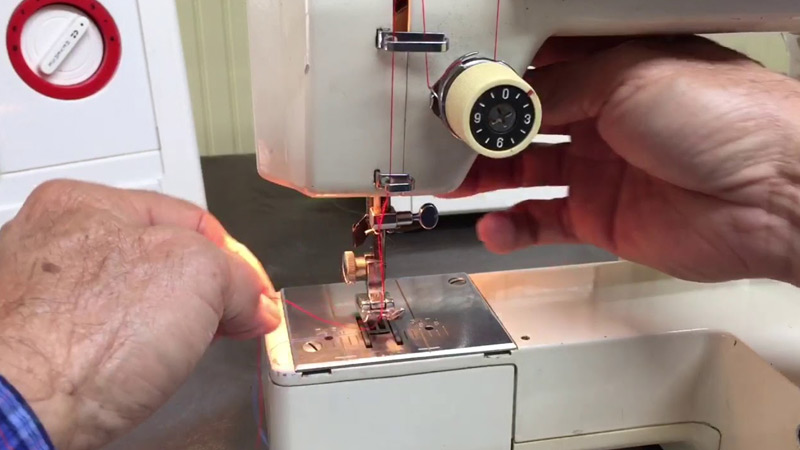
The bobbin cover plays a crucial role in regulating the tension of the lower thread. It provides a controlled environment for the bobbin thread, allowing for a consistent and balanced tension.
Without the cover, the delicate balance between the upper and lower threads is disrupted, making it challenging to maintain the proper tension.
This imbalance often results in uneven stitches, loops, or fabric puckering, affecting the overall quality of the sewing project.
Thread Alignment
Proper alignment of the bobbin thread is essential for the formation of well-balanced stitches. The bobbin cover ensures that the bobbin thread is correctly positioned as it interacts with the upper thread from the needle.
Without the cover, the bobbin thread may stray from its intended path, leading to stitching irregularities, skipped stitches, or thread bunching.
Thread Jam Prevention
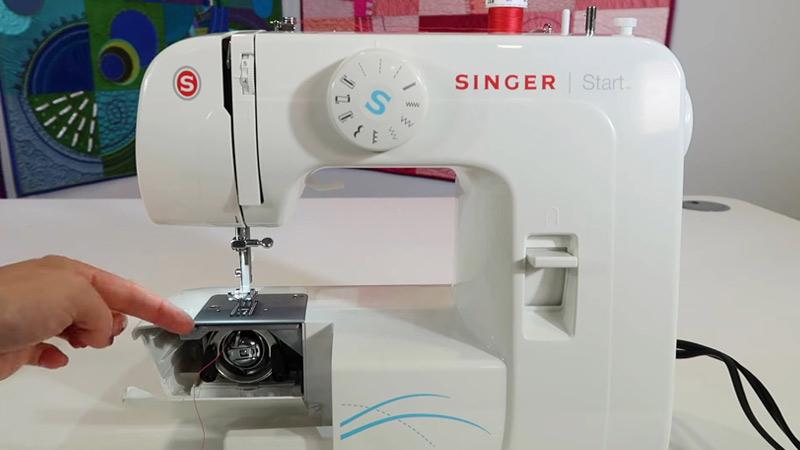
The bobbin cover acts as a protective barrier, preventing the thread from tangling or jamming during the sewing process. Without this cover, the bobbin thread is exposed, increasing the risk of snags and knots.
Thread jams can not only disrupt the stitching but may also lead to damage to the sewing machine.
The bobbin cover serves as a safeguard, ensuring smooth thread feeding and preventing unnecessary wear and tear.
Stitch Quality
The quality of stitches is directly influenced by the presence of the bobbin cover. It helps maintain the correct tension in both upper and lower threads, ensuring that stitches are neither too loose nor too tight.
Sewing without the bobbin cover can result in erratic stitching patterns, inconsistent stitch lengths, and compromised seam quality. Achieving professional and aesthetically pleasing results relies on the proper functioning of the bobbin cover.
Machine Protection
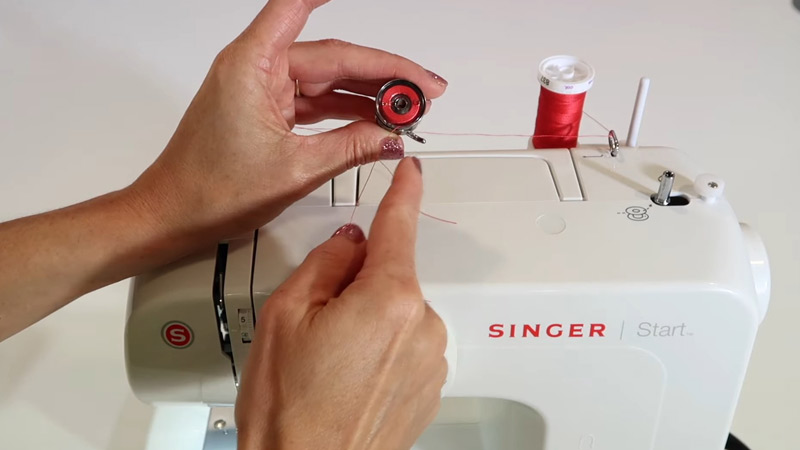
In addition to its role in thread management, the bobbin cover acts as a protective housing for the bobbin and its thread. By enclosing the bobbin, it shields it from dust, lint, and potential damage.
Operating the sewing machine without a bobbin cover exposes the bobbin thread to external elements, increasing the risk of thread breakage, knotting, or contamination.
Protecting the internal components of the machine ensures its longevity and reliability over time.
What Can I Use if I Don’t Have a Bobbin?
While traditional sewing machines rely on a bobbin to create stitches, certain specialized machines offer alternatives.
Sergers, overlockers, and chain stitch machines operate without a conventional bobbin, utilizing a different approach to feed the thread for the underside of the fabric.
In these machines, a “looper” mechanism replaces the bobbin, providing a unique stitching experience.
So, if you don’t have a traditional bobbin then use these as the alternatives of bobbin:
Sergers: The Looper Mechanism
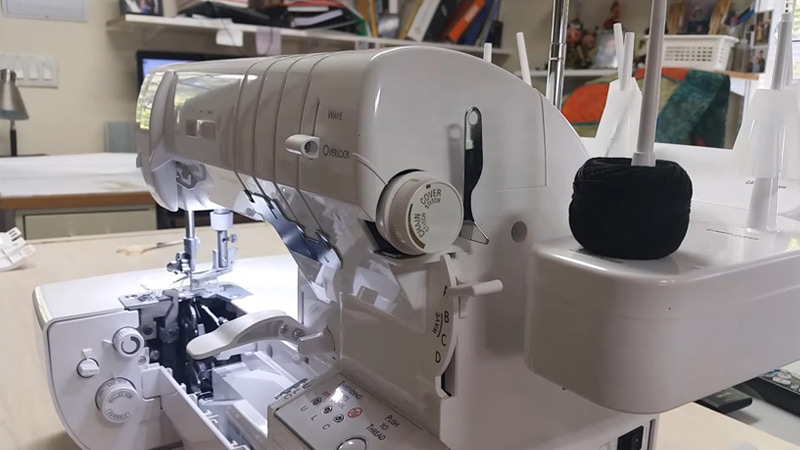
Sergers, also known as overlock machines, stand out in the sewing world for their efficient looper mechanism.
Unlike traditional sewing machines, sergers use loopers for both upper and lower threads simultaneously.
This innovative approach allows for the simultaneous trimming and stitching of fabric, resulting in impeccably neat and finished edges.
Sergers are particularly favored in garment construction and other applications where a clean and professional appearance is essential.
Overlockers: Finishing Edges without a Bobbin
Overlockers share similarities with sergers, employing loopers to secure fabric edges while efficiently trimming excess material.
Renowned for their ability to create professional finishes on seams, overlockers are indispensable in preventing fraying and providing a polished look to various sewing projects.
Whether working with knits, woven fabrics, or delicate materials, overlockers excel in achieving tidy and durable seam edges.
Chain Stitch Machines: Looping Threads for Strength
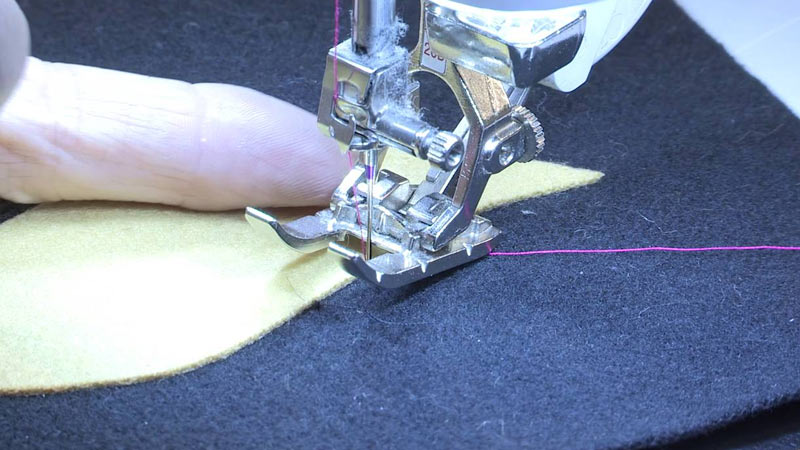
Chain stitch machines offer a unique stitching method by utilizing a looper to form a series of interlocking loops.
This process results in a strong and flexible seam, making chain stitch machines a popular choice in various sewing applications, especially garment construction.
The ability to produce a durable yet flexible stitch makes them suitable for items that require both strength and comfort.
Specialty Machines with Built-In Loopers
Certain specialty sewing machines feature built-in loopers designed for specific purposes. These machines cater to unique stitching techniques or applications beyond the capabilities of traditional bobbin-dependent models.
Whether exploring decorative stitching, quilting, or other intricate designs, these specialty machines offer added versatility for creative sewing projects.
Considerations for Non-Bobbin Machines
While machines without a traditional bobbin excel in specific tasks, it’s essential to recognize their capabilities and limitations. Consider the nature of your sewing project before opting for a non-bobbin machine.
While sergers, overlockers, and chain stitch machines offer efficiency and specialization, traditional sewing machines with bobbins remain versatile tools suitable for a wide range of applications.
Understanding the strengths of each type of machine ensures you choose the right one for your sewing needs.
FAQs
Can I sew without a bobbin in my sewing machine?
No, a bobbin is essential for proper stitching. It holds the lower thread, collaborating with the upper thread to create balanced tension and form stitches.
Attempting to sew without a bobbin will result in poorly formed stitches and compromised seam quality.
Why is the bobbin necessary for sewing?
The bobbin is crucial for lockstitch formation, where the upper and lower threads interlock to create a secure stitch.
Without the bobbin, this mechanism is disrupted, leading to incomplete stitches and weakened seams.
What happens if I use a sewing machine without a bobbin?
Operating a sewing machine without a bobbin can cause uneven tension, jamming, and compromised stitch integrity.
Can I substitute the bobbin with another thread source?
No, the bobbin serves a unique purpose in the stitching process. Its specific design and function are integral to the formation of durable and balanced stitches. Using alternative thread sources will not replicate the bobbin’s role.
Are there any sewing machines that don’t require a bobbin?
Most modern sewing machines rely on a bobbin to create stitches.
The bobbin is a standard component in sewing machine design, and attempting to use a machine without it can lead to operational issues and compromised stitch quality.
To Recap
The question “Can I use a sewing machine without a bobbin?” underscores the pivotal role this small yet indispensable component plays in the art of stitching.
From maintaining thread tension to facilitating lockstitch formation, the bobbin is an integral part of the sewing process.
The interplay between the upper and lower threads, orchestrated by the bobbin, ensures the creation of durable, secure seams.
Attempting to operate a sewing machine without a bobbin not only leads to technical challenges such as uneven tension and incomplete stitches but also highlights the precision and synergy involved in the intricate mechanics of sewing machines.
The bobbin, in essence, is a silent hero, weaving strength and structure into every stitch.
Leave a Reply